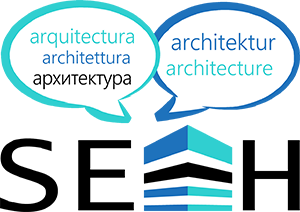
SEAH CONSORTIUM PARTECIPATED IN THE FIRST TRIANNUAL MONITORING MEETING ON 15TH FEBRUARY 2021
2021-02-17
On 15th February 2021 SEAH consortium took part in the first triannual monitoring meeting, after the kick-off meeting held in October 2020. Due to the COVID-19 pandemic, the meeting has been realised in online mode on the basis of an agenda developed and shared jointly by all partners. The agenda was scheduled also in line with a questionnaire circulated and filled in by each organization before the online conference.
UdA team, as coordinator, welcomed participants and facilitated all the session. The first part of the meeting has been devoted to administrative and communication issues. In particular, they focused on the importance of an incisive and efficient dissemination strategy in order to unify partner’s efforts and boost project’s visibility.
Internet Web Solutions, the IT partner from Spain, presented the state of art of the Open Educational Resources platform that is already online at https://www.seahproject.eu/.
The second part of the meeting has been devoted to Intellectual Output 1 and each Institution was required to briefly present and share proposals for corpus compilation. Significant steps forward has been taken for the development of language corpora (big databanks) to be loaded on the platform in order to reflect how language is actually used by academics and professionals in the field of Architecture and Construction (AC). The project aims at creating academic-professional language modules for French, German, Italian, Russian and Spanish as a foreign language in the field of Architecture and Construction with a view to encourage student mobility and to improve the outcomes of mobility programs.
SEAH is a Project co-funded by the Erasmus+ Programme of the European Commission which involves a Consortium of 6 Partners from 5 countries (Italy, France, Czech Republic, Belarus and Spain).
SEAH-Project platforms’ greatest innovation is that at present there are no OER platforms solely dedicated to multilingual teaching tools in the field of Architecture and Construction tailored on the users needs (in structuring the platform, developing the content, ensuring relevance in terms of access, usability and impact).

